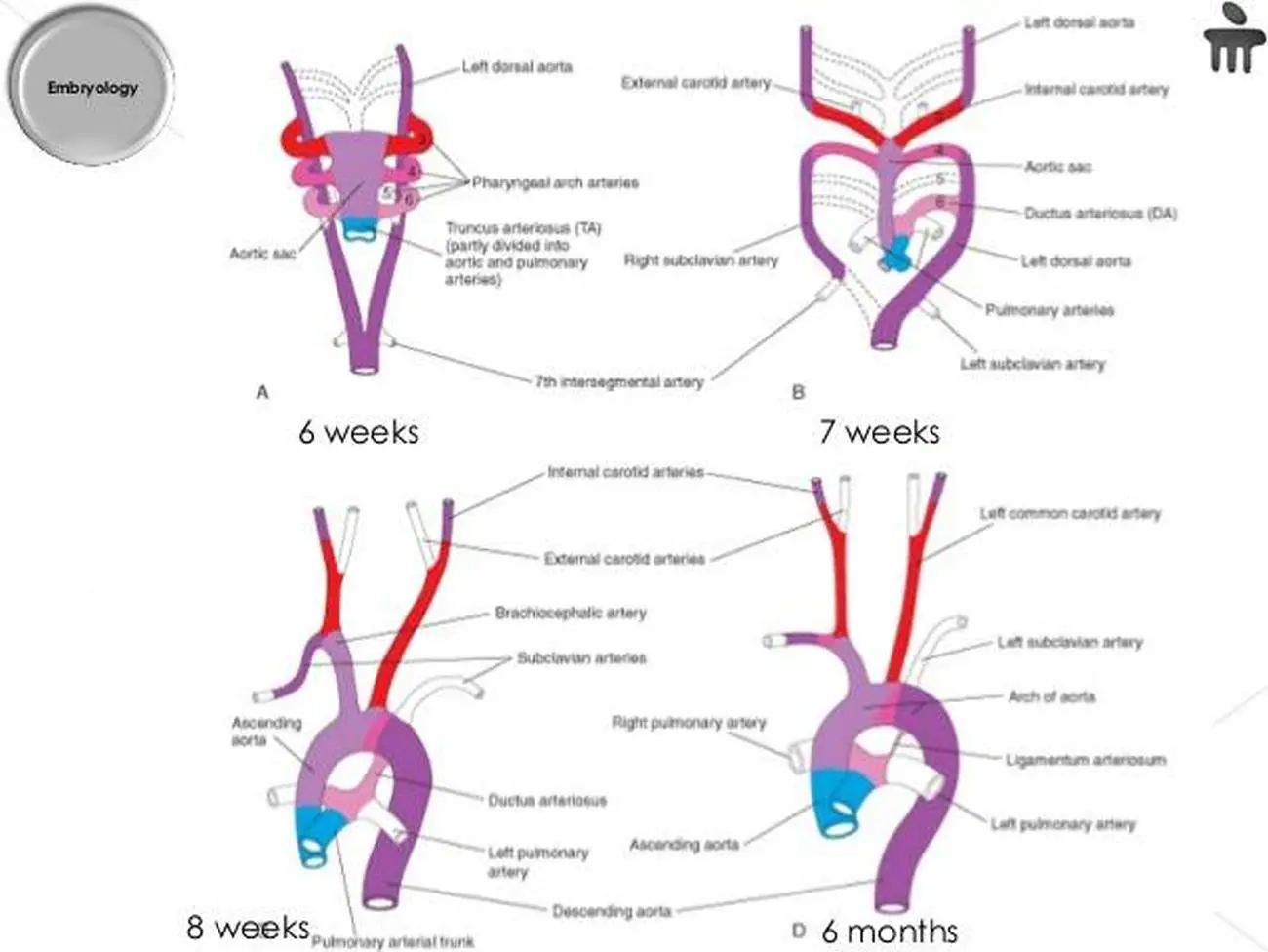

A 30 mm graft was brought to the field, and the arch anastomosis was initiated with a 4-0 SH Prolene suture.ĭeep bites were taken on the aorta, and there was moderate lateral travel, which focuses on equal spacing. The proximal aortic arch was then resected. In case number one, the cross-clamp was removed and blood flow ceased as cardiopulmonary bypass was discontinued. Intraoperative findings for both cases confirmed aortic aneurysms that both tapered at the proximal arch. The imaging for case number one showed the large aortic root aneurysm that tapered at the aortic arch, whereas the imaging for case number two showed a large ascending aortic aneurysm that also involved the root and the proximal arch. The patient’s CTA showed aortic diameters of 4.5 cm for the root, 5.9 cm for the ascending aorta, and 4.2 cm for the proximal arch

He presented with an aortic root, ascending aortic, and proximal aortic arch aneurysms, as well as mitral regurgitation. The second case is a sixty-eight-year-old man with prior aortic valve replacement because of a bicuspid aortic valve. The patient’s CTA showed aortic diameters of 5.2 cm for the root, 4.8 cm for the ascending aorta, and 4.1 cm for the proximal arch. The first patient is a seventy-one-year-old man with aortic root, ascending aortic, and proximal aortic arch aneurysms, as well as aortic and mitral regurgitation. The following surgical examples involve two cases. With the seven-minute technique, the operation is simplified, and efficiency is maximized, which reduces steps and circulatory arrest times. In general, the hypothermic circulatory arrest times in these cases are between eighteen and twenty minutes. This video demonstrates an efficient method for aortic hemiarch replacement termed the seven-minute technique.Įlective aortic hemiarch replacement under hypothermic circulatory arrest is commonly performed for ascending aortic aneurysms with proximal aortic arch involvement.


 0 kommentar(er)
0 kommentar(er)
